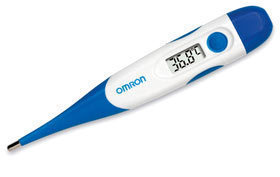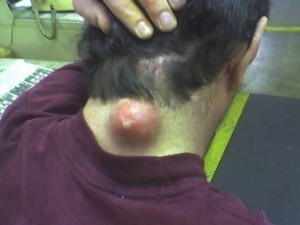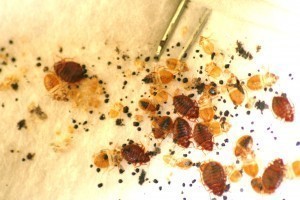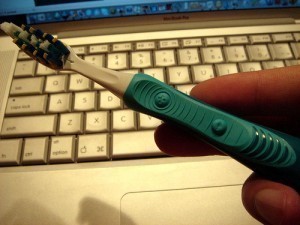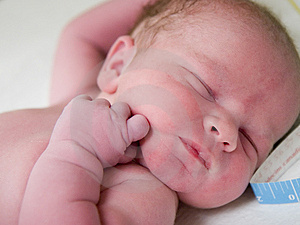How Big are Mites on Humans?
Mites that infest humans are scientifically called Sarcoptes Scabiei. They are more popularly known as scabies mites. Mites pose a great health risk to people once they get infested.
What the mites do is they station themselves under the surface of the skin, about three centimeters deep and lay their eggs on the area. This is highly contagious and can be passed on from person to person just by coming into close contact with an infected person.
Sharing the same bed with an infected person or borrowing clothes from the person is one way to catch the mites.
How Big are Mites on Humans?
These mites are very small that it is very easy to miss them. They only measure about 1/64 inch. Small though they may be, female mites can lay up to 50 eggs and the larva burrows deep within the skin.
It is said that these mites has a life span of only ten to seventeen days. But since they reproduce quite rapidly, it may be hard to eliminate them if they remain undetected for a long period of time.
Effects of Mite Infestation on Humans
Once you have been infested by mites, you may start to itch. This could be due to an allergic response to the mites and their waste products. Once itching starts, you may start to see rashes appearing on the infected area.
The rashes can appear on any part of the body but more commonly around the elbow and arm areas as well as the groin area in adults. In kids, these rashes can also appear on the palms of their hand, faces and soles.
If these rashes are untreated, they can worsen and develop into sores which could sometimes be painful especially in children. The sores may also be an indication of the concentrated area where the mites are.
Treatment
It is important that treatment be immediately administered to the infected person as well as everyone who has come into close with the infected person. There are over-the-counter remedies for these mite infestations, usually in the form of lotions and creams.
It is likewise important that directions on how to apply, including frequency of application be strictly followed in order to eliminate the mites completely. After the initial treatment, it is advisable to have a follow-up treatment as well to get rid of eggs that may still be under the skin.
For allergic reactions like itching, rashes and sores, your physician can recommend anti-itch creams or anti-allergy medications. It is recommended that you seek the advice of your physician prior to applying or taking any type of medication for the condition.
